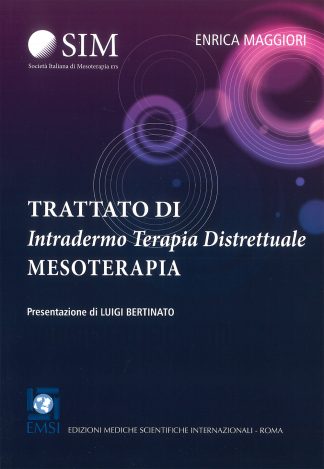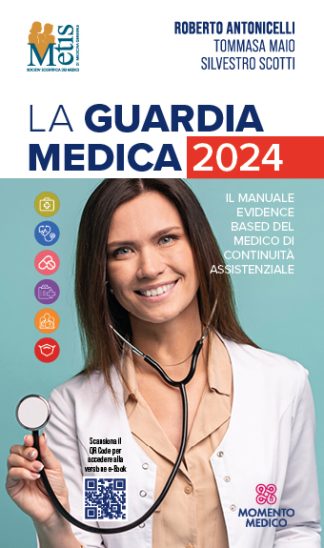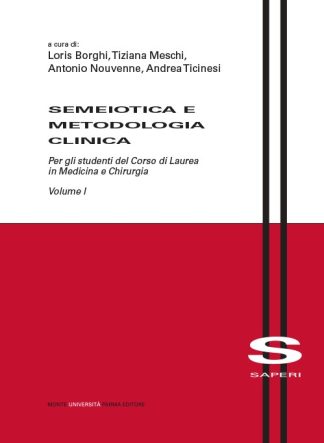Descrizione
Orthognathodontics started out as a pioneering discipline in Italy in the 1950s. Over time, however, through several masters, namely professors E. Muzi, G. May, and O. Hoffer, it has evolved. Notching up a series of important milestones – the first Italian study group in orthodontics (GISO, 1967), the Italian Society of Orthodontics (SIDO, 1968), the first School of Specialization (Cagliari 1973) followed by the creation of other postgraduate schools, the creation of university chairs devoted to the discipline, and advanced courses and masters degree courses – this field, once led by a few early pioneers, has come to interest thousands of professionals. I was fortunate enough to know the first masters and to witness and appreciate their clinical and scientific work; I also count myself lucky to have been present in all the different stages in the formation, development and growth of Italian orthodontics. After publishing several books and monographs on the subject, I increasingly felt the need to introduce and develop a series of books on orthognathodontics, as a means of bringing together in a systematic and coordinated way the various contributions of the Italian schools of orthodontics. The character of each of the books in the series is, to different degrees, monographic, depending on the topic under consideration. A particular focus has been the iconography, to which considerable space has been devoted so as to encourage the use of these texts as atlases and thus also their application in clinical practice. The concise text is always prepared with absolute scientific and bibliographic rigor, and adopting a logical and valid clinical and didactic approach. Since these books, whose aim is to facilitate learning of this discipline, are readily consultable, the user is able to get the most from them. Five years ago, to our great satisfaction, the series passed its “silver” landmark of 25 titles, thereafter forging on towards new goals that we would hardly have dared hope for when, back in 1996, we took our first timid steps with the first volume. This achievement is certainly down to all the Italian orthodontics schools, which readily supported the initiative and have, over the years, enriched the series with highly significant and important monographs; it is also due to the participation of established authors whose contribution has been critical to the success of this publishing venture, earning it widespread consensus and satisfaction among readers, and detailed and appreciative reviews in leading sector journals. The success of the series has been crowned by the support of almost all the schools of specialization in Italy’s private and public universities which, as shown by the list of 13 new titles on the back cover, have undertaken to provide us, over the next few years, with their best results in their specific research areas. My efforts will be devoted to raising further the level of the topics selected, while the task of the publisher will be to further improve the graphics and layout, always with a view to providing practical texts, readily useable by the reader, while also guaranteeing exhaustive treatment of the topics under consideration. Having last year reached the landmark of 30 titles, with a book looking at the experience of the prestigious Aahrus school of Prof. Birte Melsen and colleagues, and in the wake of volume number 31, which deals with 3D imaging, I am now honoured and very pleased to present, with this new monograph, the School of the University of Naples Federico II, directed by Prof. Roberto Martina, which is one of the most valid and dynamic schools, evolving all the time. I had the good fortune to get to know Roberto Martina when he was very young but already following in the footsteps of his father, a well-known and much esteemed orthodontist and one of the pioneers of the 1960s, who unfailingly showed great moral and ethical rigour and was always determined to be abreast of developments. Roberto inherited his father’s great qualities and from a young age devoted himself exclusively to orthodontics, attending the first – and, at the time, the only – Italian postgraduate school of orthodontics at the University of Cagliari run by Prof. Paolo Falconi, where I was also a teacher. In 1977, he completed his studies and specialized with full marks, emerging as a star pupil thanks to his professionalism, the thoroughness of his research, and the perfect clinical outcomes of the patients he treated. I had the honour of supervising his specialization thesis. He then returned to the University of Naples Federico II, where he had done his medical training, and there lost no time in setting up a department of orthodontics which subsequently became a proper school of specialization. At the same time, his academic career advanced rapidly as he was appointed first associate professor and then full professor. His great interest in the study of orthodontics led him to attend many courses and university clinics abroad, as well as international congresses, and, at the same time, to create a high-level clinical and experimental scientific research centre at his clinic. In recognition of all this, in the 1990s he became, in spite of his young age, president of the Italian Society of Orthodontics (S.I.D.O.) and subsequently president of the European Orthodontic Society (E.O.S.). This period culminated in a memorable international congress in Sorrento – a meeting of the highest scientific level quality. Today, the Naples school has a great many pupils who, having benefited from Roberto Martina’s valuable teaching and guidance, have gone on to secure important permanent appointments both in universities and in hospitals; many of them are highly respected professionals who are still actively involved with the school.








Recensioni
Ancora non ci sono recensioni.